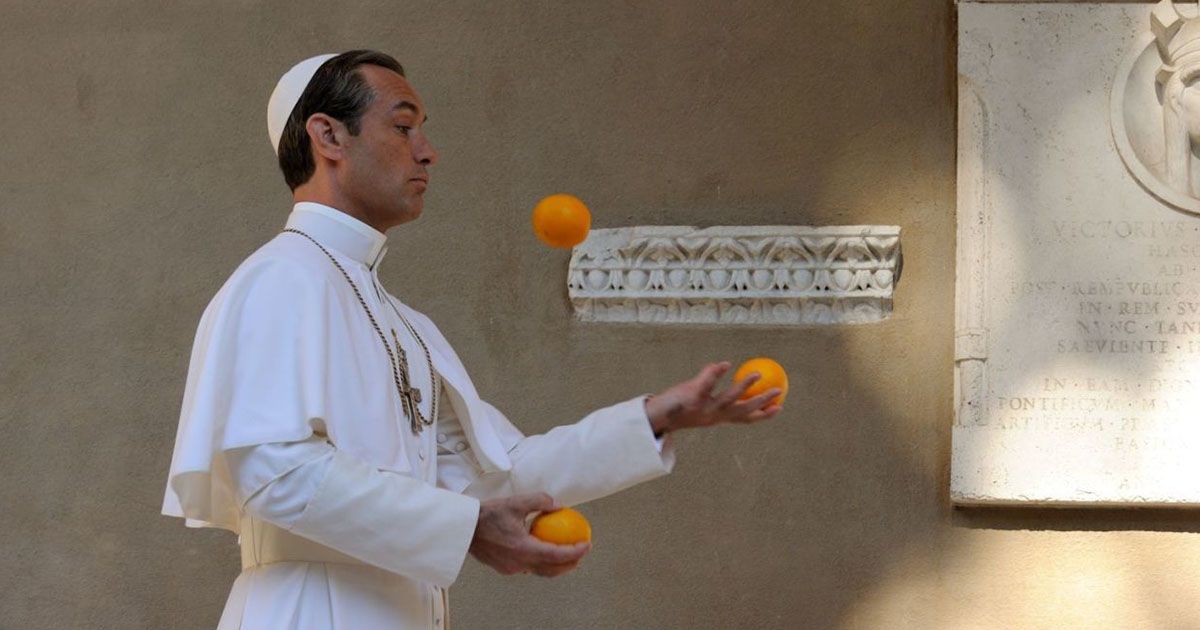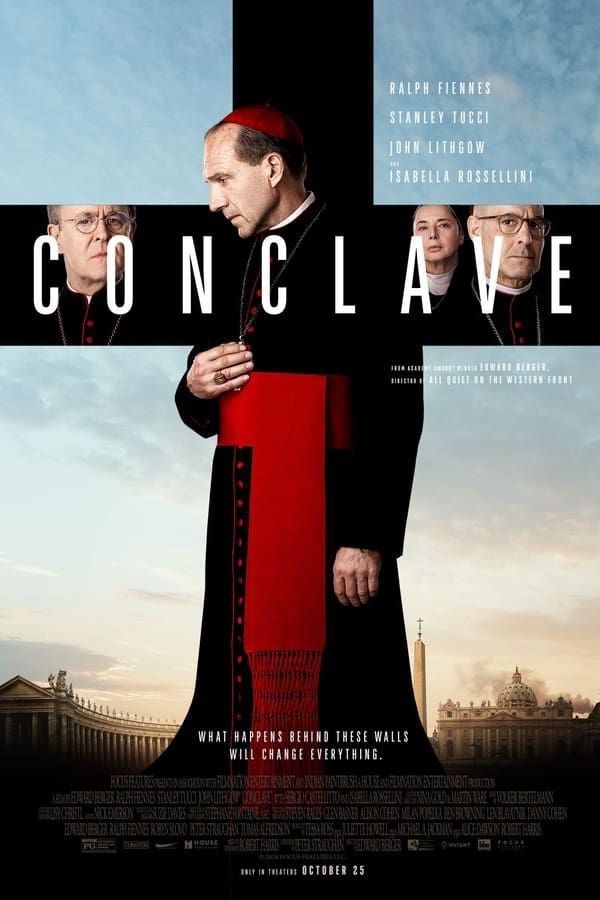Based on Robert Harris’s book of the same name, Conclave stars Ralph Fiennes, Stanley Tucci, John Lithgow, and Isabella Rossellini. The movie offers a glimpse into the ceremonial and secretive process of electing a new pope. After the mysterious death of the sitting pontiff in Conclave, the papal conclave must convene to choose his successor. One man, Cardinal Lawrence (played by Fiennes), is tasked with organizing the election amid the discovery of a shocking secret that could destroy the Church.
The intrigue and suspense of Conclave are fictional, but they rival what happens when a real papal conclave takes place. Behind closed doors, the College of Cardinals goes through a series of steps to choose the new leader of the Catholic Church while the world watches with eager anticipation.
The College of Cardinals Meets for the Conclave Within Days of a Pope’s Death
As the head of the Roman Catholic Church, the pope is the spiritual leader for millions worldwide. When a pope dies or resigns, the College of Cardinals elects his successor. Established during the 11th century, the College of Cardinals comprises all the cardinals of the Church around the globe. Initially a fairly small and localized group, cardinals have been increasingly far away from the heart of the Church in Rome. As a result, there needed to be enough time for cardinals to travel and get to Rome for a conclave. Cardinals generally arrive in Rome two to three weeks after a pope’s death.
More than 200 cardinals are in the modern Catholic Church, but they don’t all have voting rights. To vote in the conclave, a cardinal must be under the age of 80. With over 100 cardinal electors eligible for the occupying Holy See, a papal conclave is rife with political and religious concerns alike. During the conclave, the cardinal electors reside at the same location, the Domus Sanctae Marthae (or Santa Martha House) in Vatican City. In addition to the cardinals, individuals tasked with carrying out “the personal and official needs connected with the election process” also stay at the facility.
Members of the Conclave Are Eligible to Become Pope
When cardinals arrive in Rome for a conclave, they are assigned a “titular” local church. There, they preside over Mass, essentially presenting themselves to the Christian faithful while simultaneously increasing the visibility of their names and faces. To become a pope, an individual must be a baptized Christian male. That is the only official qualification, but popes have been chosen from the College of Cardinals since the 14th century. According to former bureau chief for Catholic New Services John Thavis:
“The way candidates come to the fore is generally not by what they’re doing in their local archdioceses, which is what matters most to their own people,” he said. “It’s what they do at the center of the universal church.”

Related
Why The Young Pope Is One of HBO’s Best Shows Ever
The Young Pope may not have broken through in popularity, but it’s easily one of the most groundbreaking works of cinema in the past decade.
Monsignor Anthony Figueiredo from the Institute for Continuing Theological Education at the North American College in Rome put it this way, “What’s going to be very key in this conclave is the person, the personality… Is he a man who can really speak to the hearts of people in this secularized, de-Christianized world where people, let’s face it, are leaving the church and need to be attracted to the message?”
Once the College of Cardinals convenes, they consider this as they enter the sequestered walls of the Sistine Chapel to vote for the next leader of the Catholic Church. Throughout the entire process, members of the conclave are forbidden from speaking with the public and media alike.
A White Smoke Plume Signals the Conclave Has Chosen a New Pope
The voting process in a papal conclave is ceremonial and highly structured. Dubbed the “ultimate election” by Robert Harris, the author of the book upon which Conclave is based, a papal conclave takes place behind the doors of the Sistine Chapel. Jesuit Reverend Thomas J. Reese gave Conclave a B+ for “accuracy in terms of the procedures of a conclave” but did say that some of the layout specifics for the Sistine Chapel were incorrect. Of note, in the movie, a beige floor substituted for the real red floor, something director Davies explained was done, “To heighten that whole sequence and again to bring that red-on-red of those beautiful costumes.”
Secrecy is of the utmost importance as the members of the pray and vote one time via paper ballot on the first day. Multiple votes take place on subsequent days, with as many as four on the second, third, and fourth days of the conclave. If the conclave goes to a fifth day, the body gets a break. Voting resumes on the sixth day with seven rounds. If still no two-thirds majority is reached, the conclave takes another day to reflect and pray. Then the process starts over again.

Related
10 Horror Movies That Were Filmed in a Church
Many horror movies address religious themes, so it make sense that a number of them have scenes filmed in churches.
When a vote is cast, the cardinal writes the name of his choice (he cannot vote for himself) below the line: Eligo in Summun Pontificem. This is Latin for “I elect as supreme pontiff.” He then walks the ballot to the altar and places it in a chalice.
With each failed vote, the ballots are burned in a special stove installed for the event. Unsuccessful ballots are burned with chemicals (potassium perchlorate, anthracene, and sulfur) that turn the smoke black. The mixture rises from the chimney to signal to the world what has happened. When a successful vote has finally taken place, the ballots are again burned, but the chemicals are different. This time, potassium chlorate, milk sugar, and pine rosin create white smoke, signaling to the world that the conclave has chosen the new pope.

